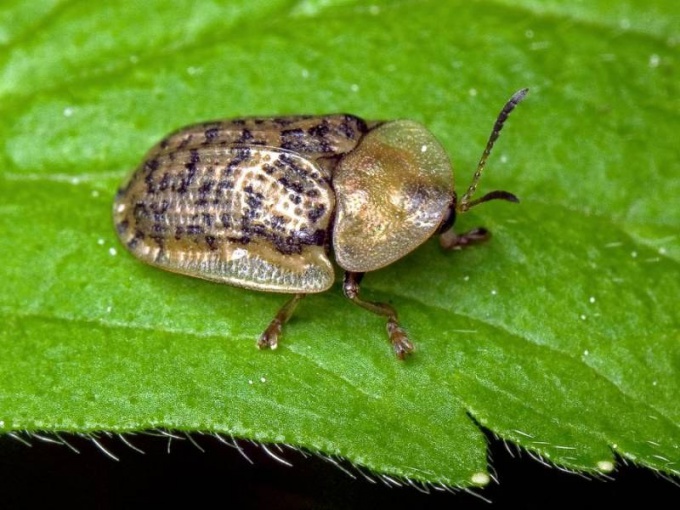Instruction
1
Insecticides are available in the solutions, emulsion concentrates, powders and aerosol formulations. In addition to the active substance, they contain a diluent and other additives. The effectiveness of the drug depends largely on its composition and form.
2
The range of insecticides is constantly updated, due to the emergence among the insect races, resistant (resistant) to existing drugs. There are about 250 active substances, while various companies produce tens of thousands of drugs under their brand names.
3
Insecticides are divided into groups depending on their method of entry into the body of the insect. Contact drugs are absorbed through the outer skin, in contact, fumigants penetrate through the respiratory system, intestinal insecticides enter the body of the insect when ingested. Systemic insecticides can move through the vascular system of the plant, making it toxic to an insect.
4
Many insecticides are toxic not only for insects but also for animals, so for practical use, we try to choose medications that are rapidly destroyed in the organism of warm-blooded or are non-toxic to animals and humans. While for insects they must be toxic and break down slowly. Some of these substances call prosectution, they turn to insecticides only in the body of the insect.
5
Among insecticides of plant origin most widely used piratini contained in the chamomile flowers of the genus pyrethrum, as well as their more stable and effective synthetic analogues — pyrethroids. Natural insecticide rotenone extracted from the derris root extract.
6
Some insecticides are waste products of bacteria. High insecticidal activity of typical compounds of antibiotics — avermectins which emit radiant fungus Streptomyces avermitilis. These compounds are effective against endo - and ectoparasite animals.
7
One of the most important representatives of the organochlorine insecticides is DDT, which has broad spectrum of activity against various pests of agricultural crops. Currently its use is banned in many countries due to the toxicity and ability to accumulate in fatty tissues of humans and animals, but also because of its high resistance to decomposition in the environment.



